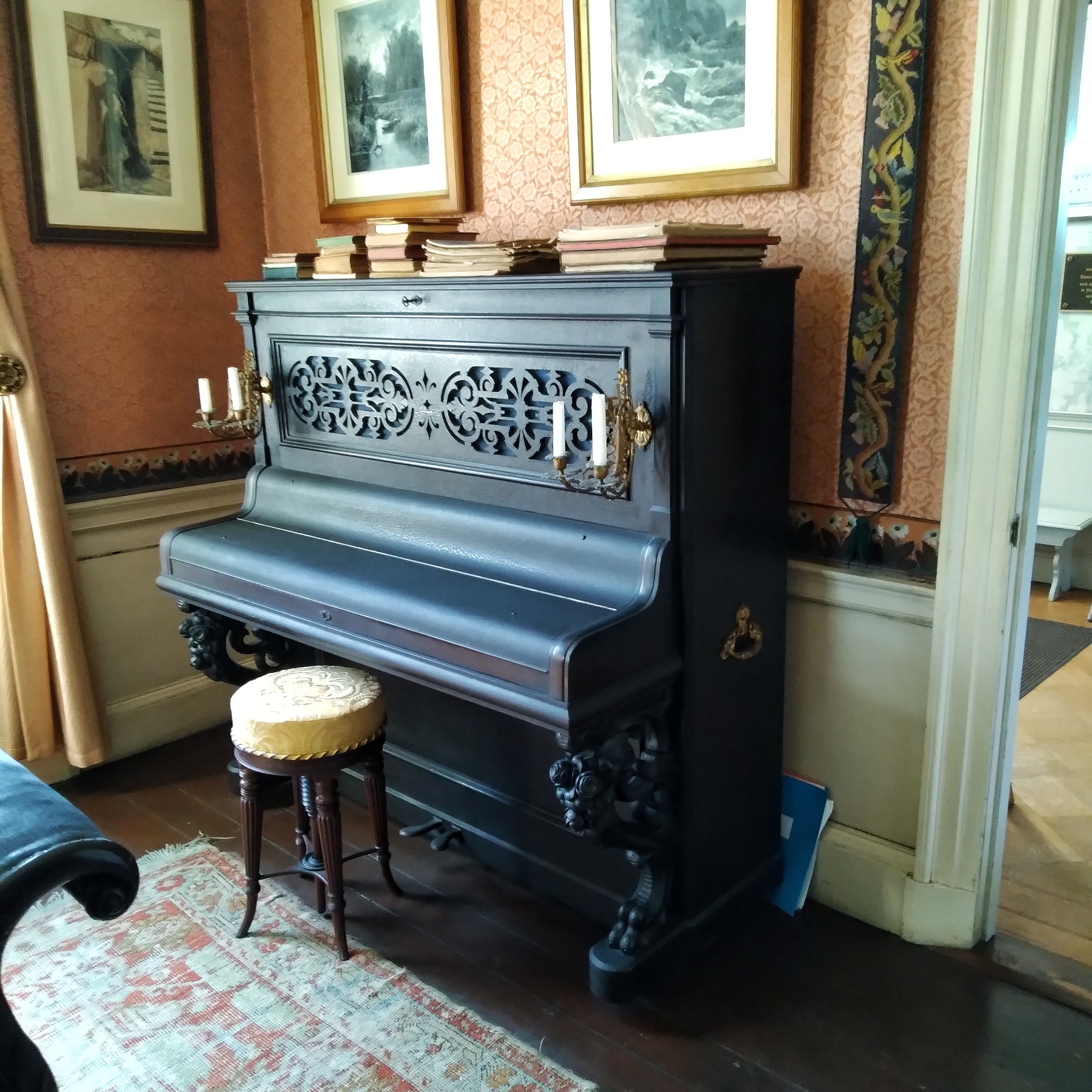
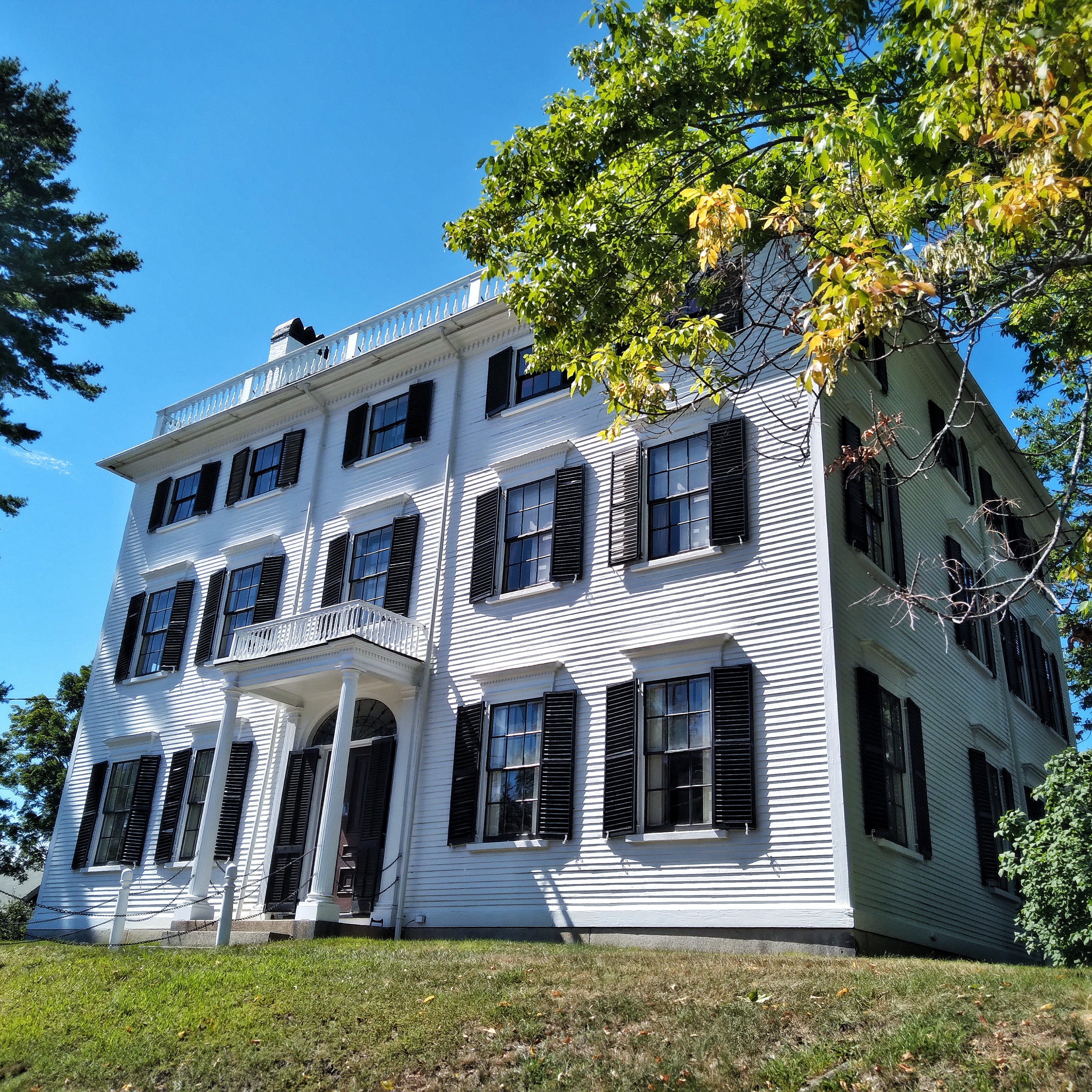
Rundlet-May House is a property of Historic New England (HNE) constructed in 1807 and listed on the National Register of Historic Places since 1976. Like the Sayward-Wheeler House in nearby York, Maine, which I visited as stop two on the same day, a single family lived in the house throughout its time as a residence. Their love of technology was what gave them financial success and made their house unique among the many historic properties I have visited.
James and Jane Hill Rundlet built this Federal style mansion to house their thirteen children, although only eight would reach adulthood. James made his fortune as a merchant and a textile mill owner during the early Industrial Revolution, and he dabbled in architecture. HNE historians believe he may have designed the house. As a lover of technology, the cooking stoves and heated floors installed in the house were at the forefront of innovation at the time. Unlike many of his contemporaries whose fortunes saw a decline after the Jefferson Embargo of 1807 and the War of 1812, James signed a contract with the US government to make military uniforms in his textile mills and became wealthy. Additionally, James was well-connected. He was friends with John Langdon, Jr., named for his uncle Governor John Langdon, and was visited by President James Madison in 1817. James had so much money and so many friends that his descendents lived off his wealth and reputation for as long as they owned the house.

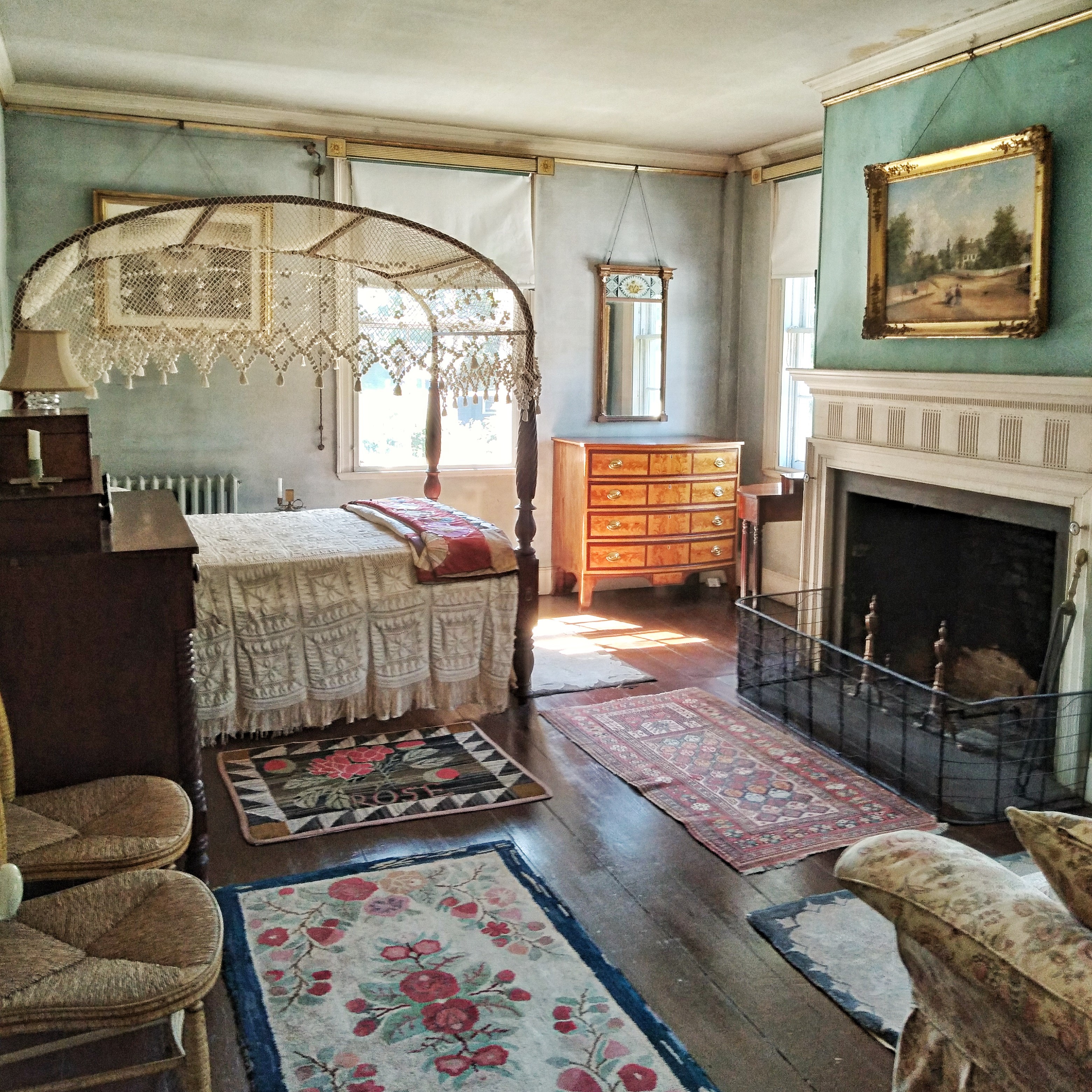
Louisa Catherine Rundlet, the youngest child to survive until adulthood, married a short-lived merchant named George May and moved back in with her parents upon his death. She brought her twins, named James and Jane after her parents, along with plenty of pictures featuring her husband and his side of the family. The unmarried Rundlet siblings lived with Louisa and her children, including eldest siblings Harriet and Caroline, and medical doctor Edward. After moving to the house, the twins lived there for the rest of their lives. Jane never married, while James married a fellow lifelong Portsmouth resident, Mary Ann Morison May, who was born at the house now used as the Portsmouth Historical Society Welcome Center. The couple had one son, Ralph May, who married twice but he had no children of his own. Ralph and his second wife, Gladys Smyth, were historians who adored the Colonial Revival style and used the residence primarily as a summer home. They decided to give the house to HNE in 1971, and the property opened for tours in 1973 ahead of the United States bicentennial. The museum has been a Portsmouth attraction ever since.
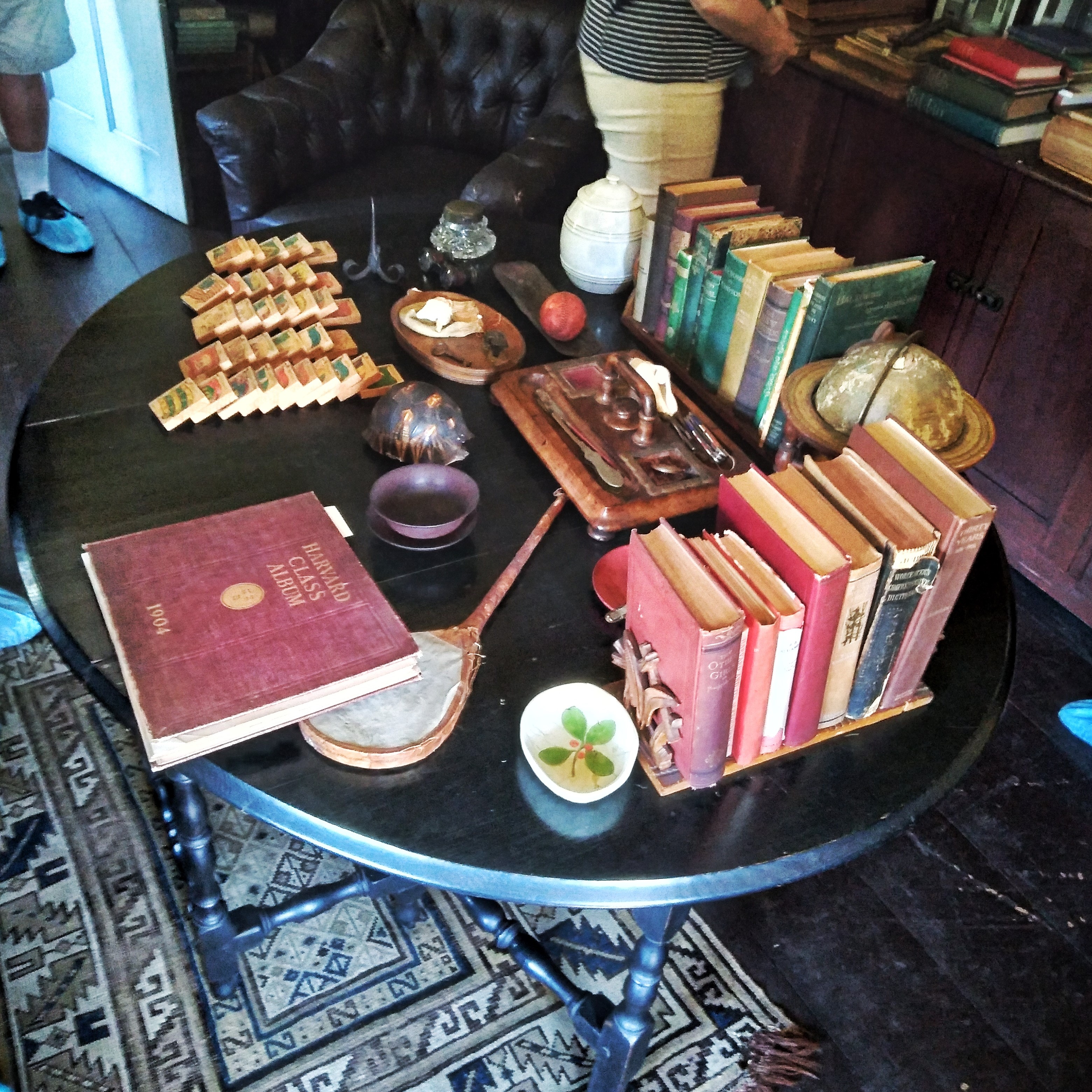
The house holds two hundred years of design and worldwide inspiration, including the Federal style cornices on both the inside and outside of the house, French Rococo flourishes, Neoclassical arches with the perfect symmetry of ancient Greek temples, Romanesque or Gothic style arches mimicking the churches of medieval Europe, and Colonial Revival furniture. The Rundlets were even inspired by their neighbors, as they employed carver William Deering who created the wooden embellishments at Governor John Langdon House down the road. As for practical work like cooking, this was done by servants using a Rumford kitchen. This innovation in cooking safety was invented by Massachusetts-born British loyalist Sir Benjamin Thompson, also called Count Rumford of Bavaria, a title that he earned due to his work as a scientist and inventor. The kitchen included a round, iron Rumford roaster; a Rumford fireplace sending minimal smoke into the room; and a set of three fires with an accompanying pan on a Rumford range. A much later addition to the kitchen was a General Electric refrigerator.
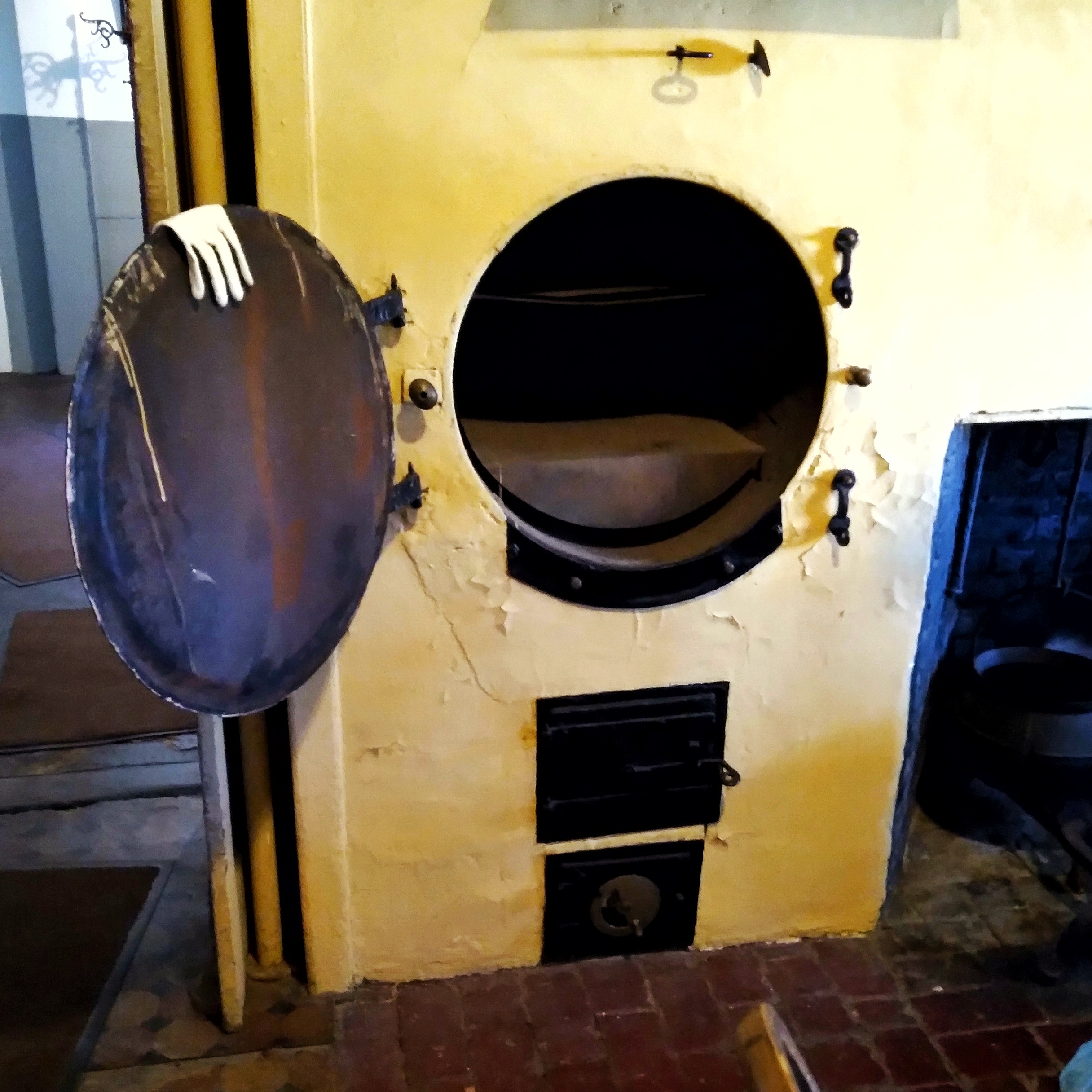
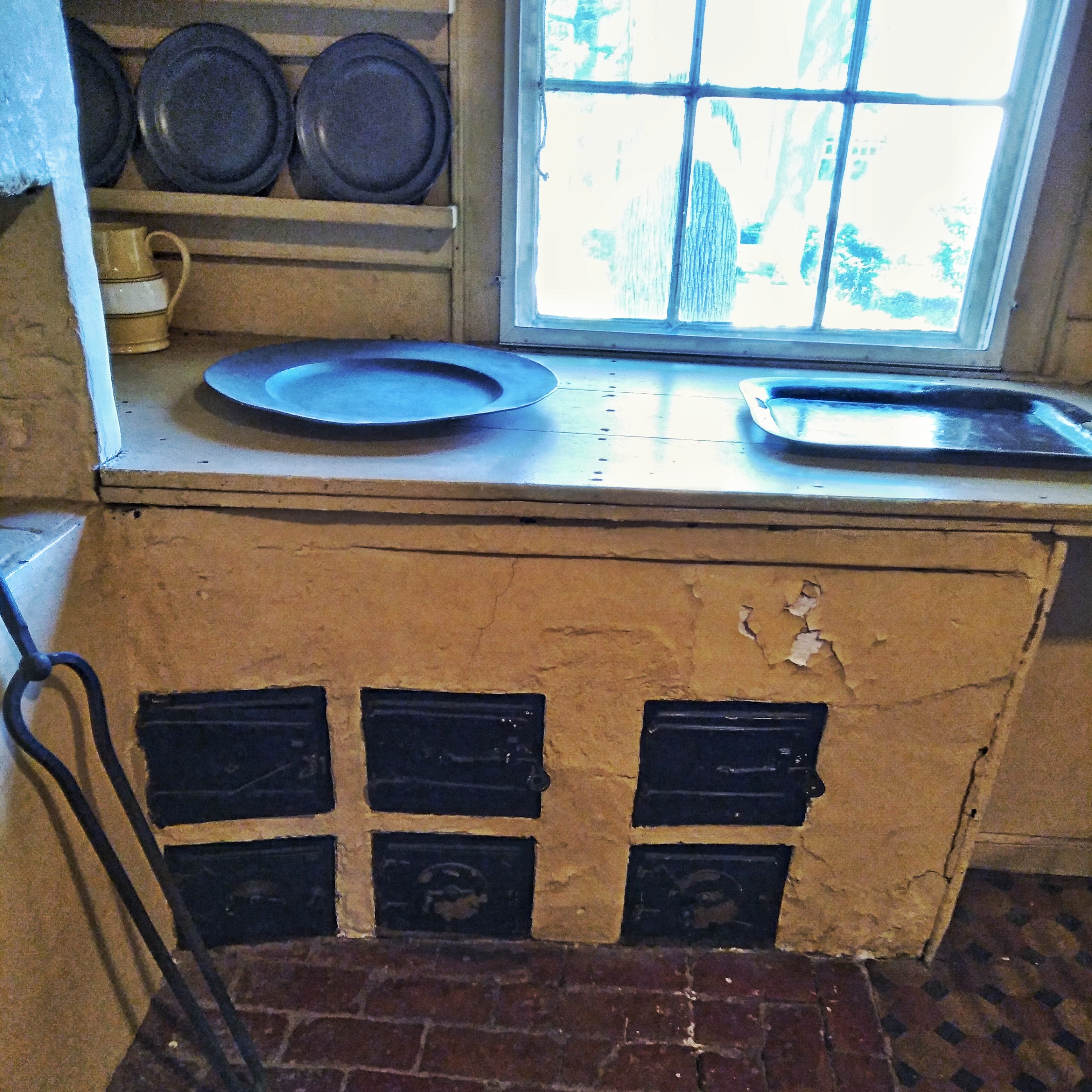
Admission to Rundlet-May House is standard HNE pricing: $15 for adults, $13 for seniors, $7 for students, and $0 for HNE members and library pass holders. The house is only open on the first and third Saturdays from opening day in June to closing day in mid-October. Remember that the tours start on the half hour instead of the hour, at 11:30 a.m., 12:30 p.m., 1:30 p.m., and 2:30 p.m. When the guide is alone in the house, she might close and lock the door; be prepared to knock several times to enter. The tour is listed at 45 minutes but takes closer to an hour, and a few stops may seem rushed. Be sure to walk through the beautiful gardens if the weather permits. Like most historic house museums, Rundlet-May House is not accessible to those using wheelchairs and with limited mobility. In contrast to most historic house museums, the house has a thorough 3D virtual tour, perfect for anyone interested in the museum but unable to travel there. The in-person tour is suitable for families with children ages ten and up. However, the otherwise well-behaved teenage boy on my tour appeared bored, so understand the interests of your children before you go.
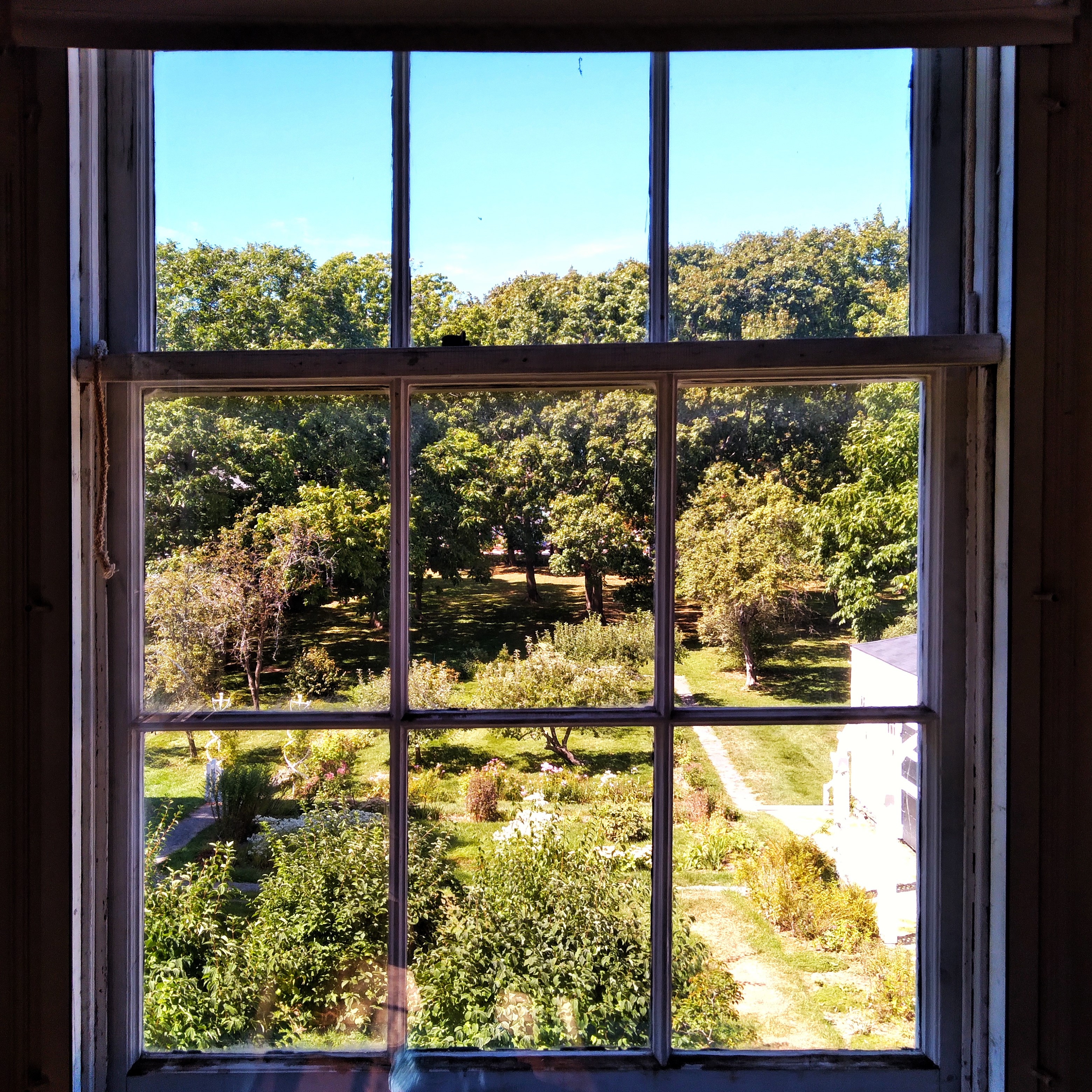
* * *

Abigail Epplett is a marketing consultant open to working with humanities-focused organizations. She holds an MA in Museum Education from Tufts University, where she researched the history of New England from Plymouth to the Civil War. To learn more about her adventures with museums, visit her current blog at abbyeppletthistorian.blogspot.com.
Abigail is Historian-In-Residence at the National Museum of Mental Health Project: https://www.nmmhproject.org/